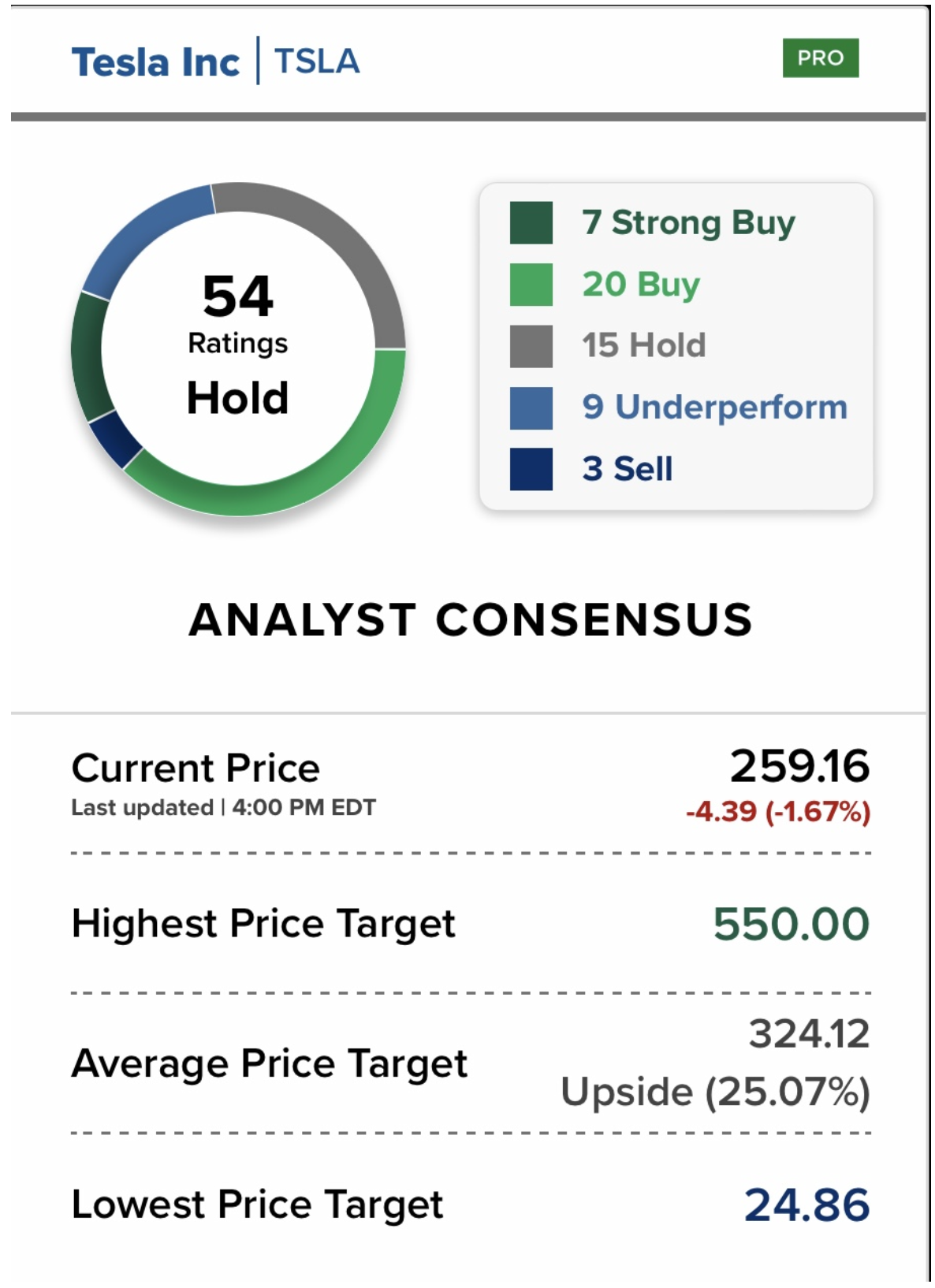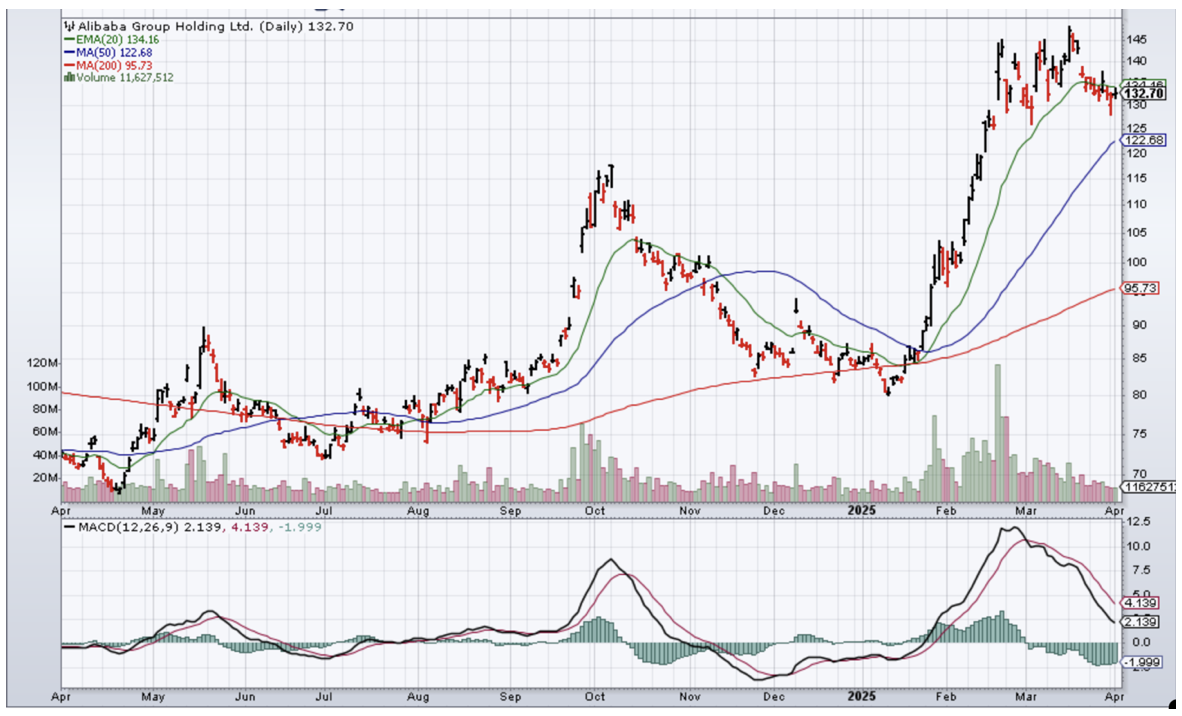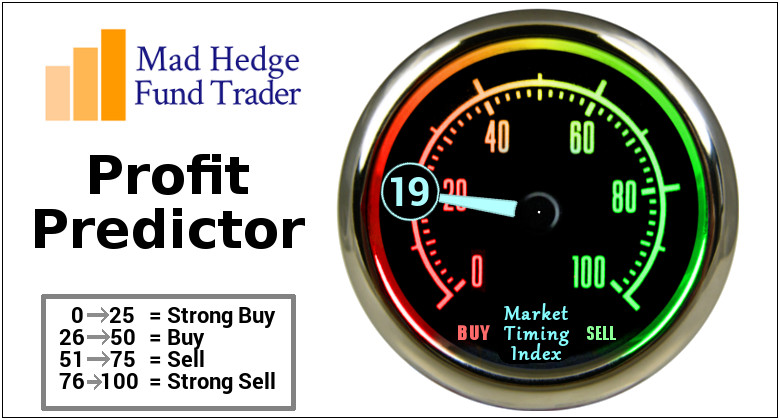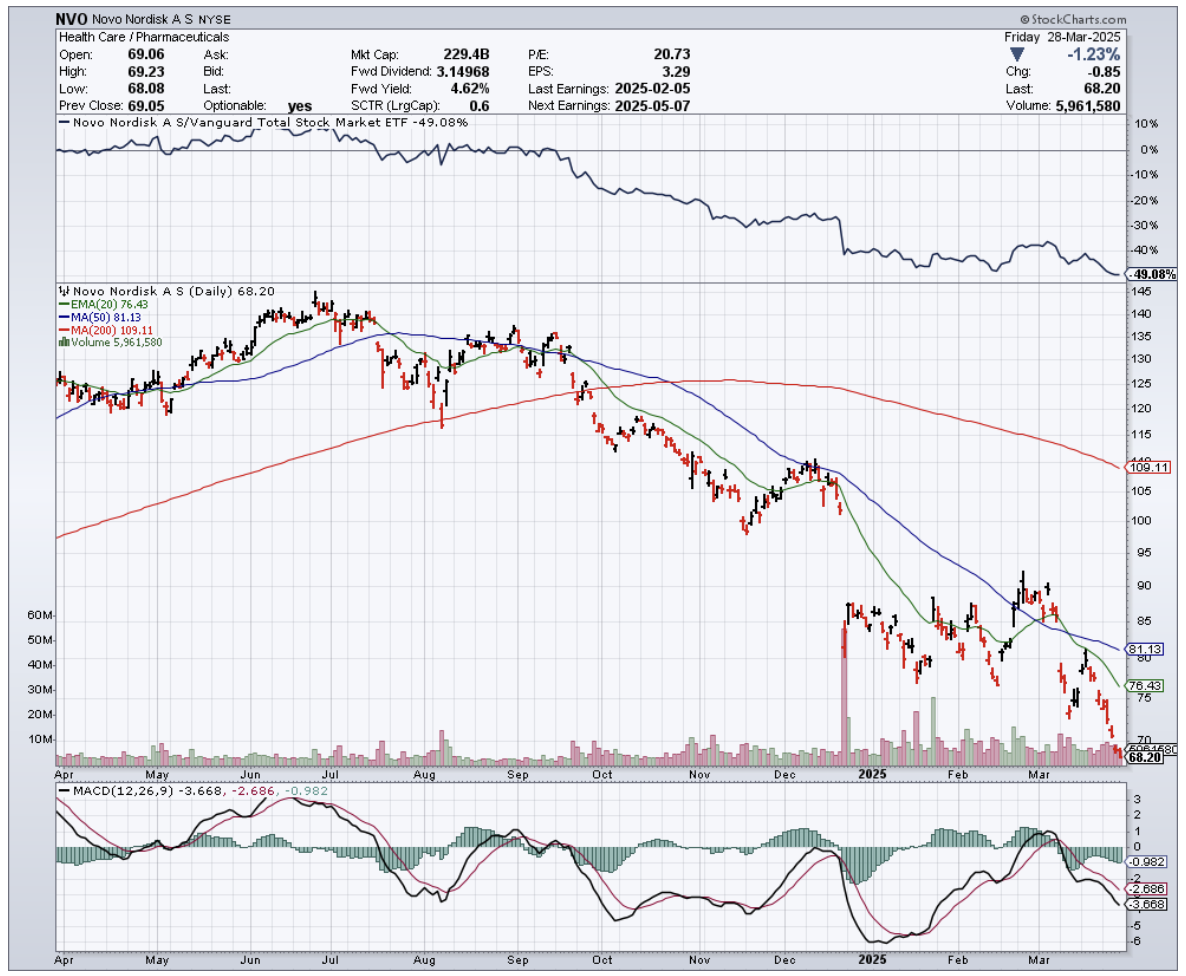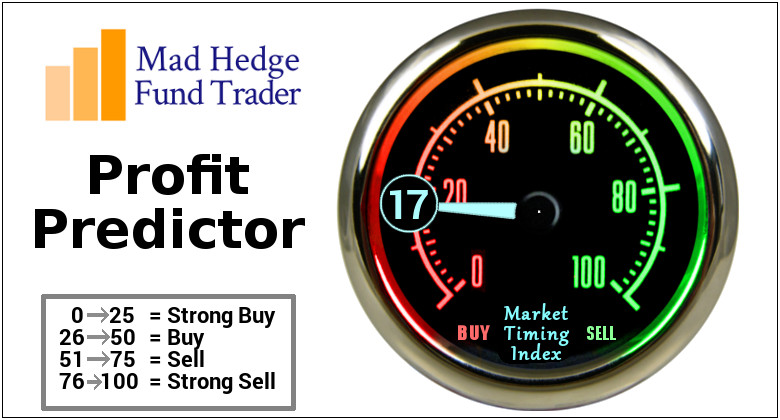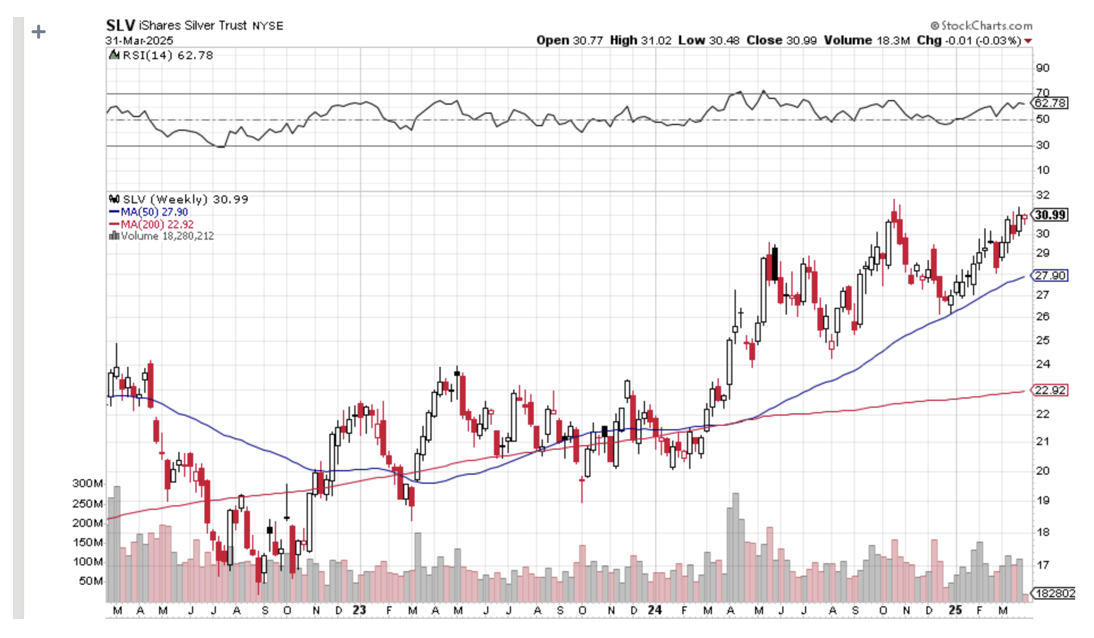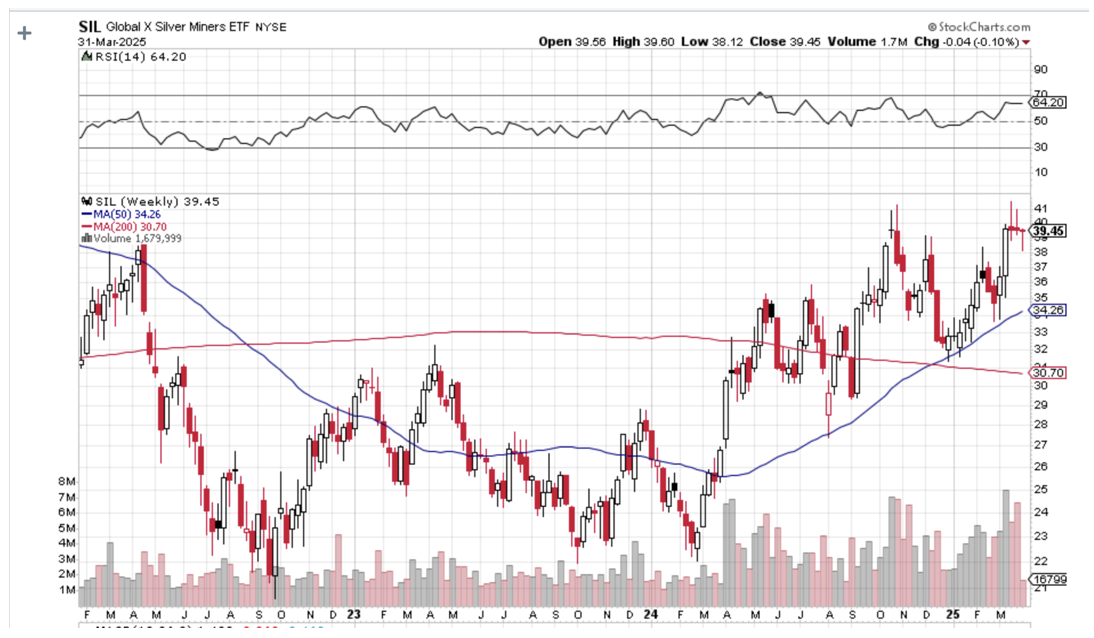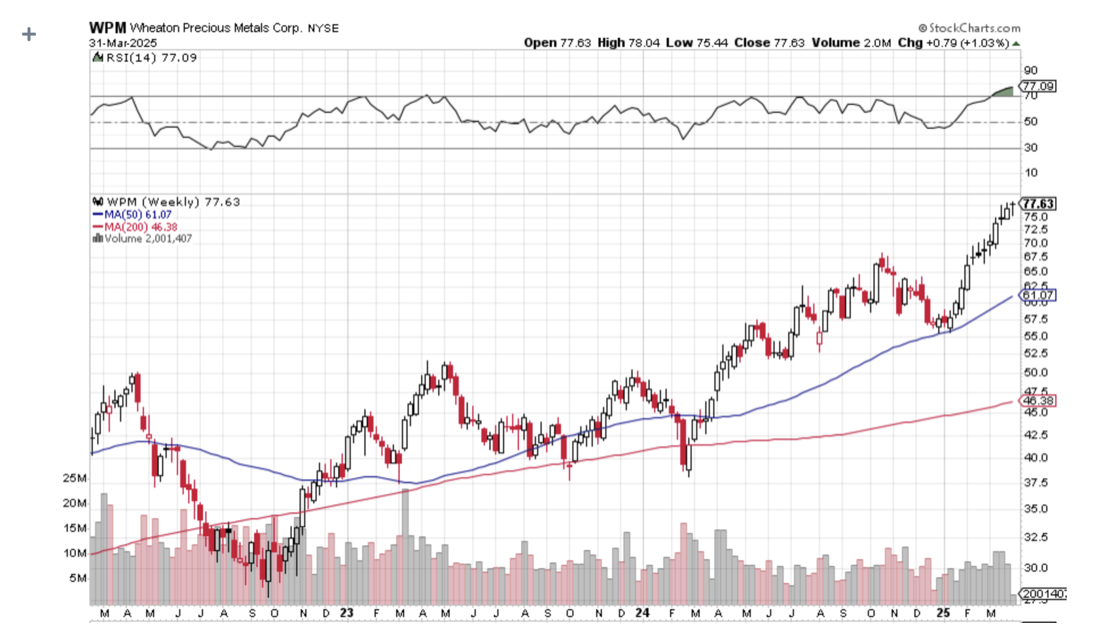“I would like to die on Mars. Just not on impact.” – Said CEO of Tesla Elon Musk
(THE TESLA BRAND IS ON THE NOSE)
April 2, 2025
Hello everyone
A brand-new updated Model Y is expected to arrive in Australia within weeks.
Is there a sense of excitement about this event?
I don’t think so.
Rather, there is a rising angry sentiment toward Elon Musk and his political movements.
We now see evidence of customer wrath as Tesla car yards are packed with current old stock that nobody wants. In addition to full car yards, there have been violent attacks on dealerships, cars set on fire, and mass demonstrations around the world.
The Tesla car has lost value, and customers aren’t coming back to buy again.
One Tesla Cyber truck owner has taken things a step further, putting the badge of rival electric vehicle maker Rivian RIVN on his electric truck.
People, who are selling stickers through Etsy, which show their discontent with Musk’s politics are making a fortune. Instead of selling their Tesla, customers are revealing their stance through stickers placed on their cars.
But many have sold their cars.
Celebrities who have ditched their Teslas
Arizonia Democrat, Sen. Mark Kelly.
Jason Bateman, who said, “owning a Tesla felt like driving around with a Trump sticker on the car.”
Sheryl Crow, who donated the money from the sale of her Tesla to NPR, which Musk has criticized and called to defund. NPR says it receives less than 1% of its funding directly from the federal government.
Joanne Wilson, and her venture capitalist husband, Fred Wilson, sold their Teslas in protest of Musk’s actions at DOGE.
In contrast, President Trump has bought two Teslas.
Tesla is facing more competition
Aside from the anger directed at the Tesla brand, which is facing falling sales, there is also increased competition from rival EV brands, such as BYD, which are showing rising sales and are equally techy and much more affordable.
Despite this competition, some analysts are still looking at Tesla as a stock to buy
Elon Musk needs to choose. Where does his loyalty really lie – is it with Tesla or with his political ambitions?
Please Note: This Post is not a recommendation to buy Tesla at this time.
What’s a better AI play than Nvidia?
Think Alibaba.
Many analysts believe shares in Alibaba are still very undervalued, even though the Chinese e-commerce platform has soared more than 56% in 2025.
Other reasons…
Chinese consumers are now spending again.
And Artificial Intelligence is an underappreciated growth driver for this technology giant.
The stock also boasts a healthy balance sheet.
While it does have some debt, the $235 billion company only holds around $28.8 billion in borrowings, and it has nearly twice that amount in cash and liquid assets. In addition, it has generated $14.5 billion worth of free cash flow in the past year.
We also may see an Alipay kind of announcement sometime this year.
If you’re interested in the Chinese market and AI, it’s a good time to scale into Alibaba here, as it has pulled back nicely.
Alibaba: $132.70
Cheers
Jacquie
When John identifies a strategic exit point, he will send you an alert with specific trade information as to what security to sell, when to sell it, and at what price. Most often, it will be to TAKE PROFITS, but, on rare occasions, it will be to exercise a STOP LOSS at a predetermined price to adhere to strict risk management discipline. Read more
Mad Hedge Biotech and Healthcare Letter
April 1, 2025
Fiat Lux
Featured Trade:
(HOW ONE SMUG DANE MADE ME EAT MY WORDS)
(NVO), (LLY), (ULIHF), (LXRX)
Back in 2008, I found myself in a private dining room at Copenhagen's Noma restaurant – then barely known outside culinary circles – seated next to a senior Novo Nordisk (NVO) executive who couldn't stop talking about their early-stage GLP-1 research.
"This will change diabetes treatment forever," he insisted between bites of moss and lichen. I nodded politely while thinking he'd had too much aquavit. Fast forward to today, and I've never been happier to have been dead wrong.
That same GLP-1 technology now powers Ozempic and Wegovy, creating a weight-loss revolution that's transformed both waistlines and balance sheets.
But here's what has me reaching for my trading account: Novo Nordisk's stock has somehow crashed 50% since last summer, creating what might be the buying opportunity of the decade in the pharmaceutical space.
Meanwhile, their American rival Eli Lilly (LLY) has remained relatively stable despite identical market challenges. Let's dissect this peculiar divergence.
The facts paint a compelling picture: Novo Nordisk remains the undisputed global leader in the GLP-1 segment with a commanding 55.1% market share.
Their quarterly revenue hit $11.95 billion, up 25.13% year-over-year – not quite matching Lilly's impressive 44.7% growth, but still exceptional by any standard.
What's particularly striking is the valuation disconnect. Novo now trades at just 17.9x forward earnings compared to Lilly's 35.4x multiple. That gives Novo a PEG ratio of 0.97 – catnip for value investors hunting growth at a reasonable price.
The Danish giant's financial position remains rock-solid with lower net debt ($10.6B vs. Lilly's $31B) and a superior debt/EBITDA ratio. Their EBIT margin stands at an impressive 48.2% versus Lilly's 38.9%.
The precipitous stock decline stems from two primary concerns: recent clinical trial results for their next-generation Cagrisema showed 22.7% weight loss versus their 25% target, and potential U.S. tariffs could pressure margins on European-manufactured drugs. Both fears seem drastically overblown.
For context, Novo's monthly RSI has dropped below 40 – a rare technical signal that has occurred only three times this century (2002, 2009, and 2016), with each instance preceding returns exceeding 500% before the next correction.
Historical patterns aren't guaranteed, but they certainly make me sit up straighter in my trading chair.
The company isn't standing still either. They've committed $4.1 billion to expand U.S. manufacturing facilities, reducing tariff exposure.
They've also signed deals worth up to $3 billion with United Laboratories (ULIHF) and Lexicon Pharmaceuticals (LXRX) to bolster their weight-loss drug pipeline, ensuring they remain competitive with Lilly's offerings.
Last month at a healthcare conference in Boston, I cornered a veteran endocrinologist who's been prescribing these medications since their approval.
"The competition between Lilly and Novo is creating better outcomes for patients," she told me. "But from a prescription perspective, we still reach for Novo's products first in most cases."
That kind of clinical preference creates a moat that's difficult to quantify on balance sheets but enormously valuable over the long term.
While Eli Lilly deserves its premium valuation with a more diversified therapeutic portfolio spanning oncology, immunology, and neurology, Novo's singular focus on diabetes and obesity has created unparalleled expertise in categories representing massive long-term growth markets.
The obesity treatment market alone is projected to grow at 22% annually, with GLP-1 drugs leading the charge. Approximately 25% of the world's population will be obese by 2035, and Western markets like the U.S. and Europe (Novo's primary territories) will see the highest rates.
Both companies will thrive in this expanding market, but at current prices, Novo represents a superior investment opportunity. Analyst consensus targets suggest 57% upside potential for Novo versus 23% for Lilly.
I've initiated a position in Novo Nordisk at these levels while maintaining a smaller holding in Lilly for diversification. After all, in pharma investing, sometimes the most profitable opportunities emerge when the market overreacts to short-term concerns.
As for that Danish executive from 2008? He retired to a villa overlooking the Øresund Strait last year. I sent him a congratulatory gift basket filled with moss and lichen – a reminder of where billion-dollar ideas sometimes begin.
Global Market Comments
April 1, 2025
Fiat Lux
Featured Trade:
(REVISITING THE FIRST SILVER BUBBLE),
(SLV), (SLW)
With a new bull market in silver (SIL) now underway, I thought I’d delve back into the ancient past to the last major bubble in the white metal.
If you like gold, you absolutely have to love silver.
That’s because the white metal has a much higher beta than its yellow cousin, both of which are often found together in mountainous seams.
I remember a lunch I had with my old dear and late friend, Mike Robertson, who ran Robertson Wealth Management, one of the largest and most successful registered investment advisors in the country.
Mike was a wizened and grizzled old veteran who still remembers the last time a bubble popped for the white metal.
He was the last surviving silver broker to the Hunt Brothers, who in 1979-80 were major players in the run-up in the “poor man's gold” from $11 to a staggering $50 an ounce in a very short time.
At the peak, their aggregate position was thought to exceed an eye-popping 100 million ounces.
Nelson Bunker Hunt and William Herbert Hunt were the sons of the legendary HL Hunt, one of the original East Texas oil wildcatters, and heirs to one of the largest fortunes of the day.
Shortly after President Richard Nixon took the US off the gold standard in 1971, the two brothers became deeply concerned about the financial viability of the United States government.
To protect their assets, they began accumulating silver through coins, bars, the silver refiner, Asarco, and even antique silver tea sets.
The brothers’ interest in silver was well-known for years, and prices gradually rose. But when inflation soared into double digits during the late 1970s, a giant spotlight was thrown upon them, and the race was on.
Robertson was then a junior broker at the Houston office of Bache & Co., in which the Hunts held a minority stake, and handled a large part of their business.
The turnover in silver contracts exploded.
Mike confessed to waking up some mornings, turning on the radio to hear the silver limit up, and then not bothering to go to work because he knew there would be no trades.
The price of silver ran up so high that it became a political problem.
Several officials at the CFTC were rumored to be getting killed on their silver shorts.
Eastman Kodak (EK), whose black and white film made them one of the largest silver consumers in the country, was said to be borrowing silver from the Treasury to stay in business.
The Carter administration took a dim view of the Hunt Brothers' activities, especially considering their funding of the ultra-conservative John Birch Society.
The Feds viewed it as a conspiratorial attempt to undermine the US government. It was time to pay the piper.
Why is it that all conspiracy theories seem to originate in Texas?
The CFTC raised margin rates to 100%. The Hunts were accused of market manipulation and ordered to unwind their position.
They were subpoenaed by Congress to testify about their true motives. After a decade of litigation, Bunker received a lifetime ban from the commodities markets, a $10 million fine, and was forced into a Chapter 11 bankruptcy.
Mike saw commissions worth $14 million in today's money go unpaid.
In the end, he was only left with a Rolex watch, his broker's license, and a silver Mercedes.
He ardently believed to the very end that the Hunts got a raw deal and that their only crime was to be right about the long-term attractiveness of silver as an inflation hedge.
Nelson made one of the greatest asset allocation calls of all time and was punished severely for it.
There never was any intention to manipulate markets. As far as he knew, the Hunts never paid more than the $20 handle for silver, and that all of the buying that took it up to $50 was nothing more than retail froth.
Through the lens of 20/20 hindsight, Mike viewed the entire experience as a morality tale, a warning of what happens when you step on the toes of the wrong people, like CFTC commissioners with short positions.
What did Mike think of Silver when I spoke to him late last, only a few weeks before he died at the age of 61?
The white metal's inflation-fighting qualities are still as true as ever, and it is only a matter of time before prices once again take another long run to the upside.
Sounds like a BUY to me.
Mike, you will be missed.
RIP.
Nelson Bunker Hunt
Silver is Still a Great Inflation Hedge
"What is currently happening is that we have a lot of noise around what is uneconomic. When the economic stuff starts happening, like tax cuts, that will feed into real things, like cash flow and earnings," said Bill Miller, chairman of LMM Investments.
Legal Disclaimer
There is a very high degree of risk involved in trading. Past results are not indicative of future returns. MadHedgeFundTrader.com and all individuals affiliated with this site assume no responsibilities for your trading and investment results. The indicators, strategies, columns, articles and all other features are for educational purposes only and should not be construed as investment advice. Information for futures trading observations are obtained from sources believed to be reliable, but we do not warrant its completeness or accuracy, or warrant any results from the use of the information. Your use of the trading observations is entirely at your own risk and it is your sole responsibility to evaluate the accuracy, completeness and usefulness of the information. You must assess the risk of any trade with your broker and make your own independent decisions regarding any securities mentioned herein. Affiliates of MadHedgeFundTrader.com may have a position or effect transactions in the securities described herein (or options thereon) and/or otherwise employ trading strategies that may be consistent or inconsistent with the provided strategies.





